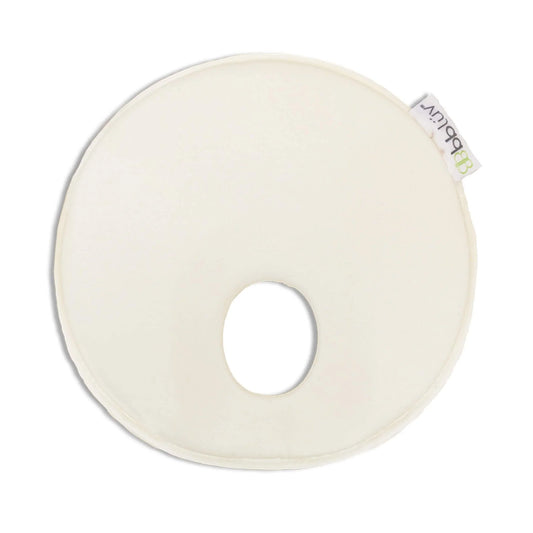10 tips for traveling by plane with babies or small children
- Carry-on luggage is key to a successful flight. Bring just what you need (our motto is to travel light), but be strategic about what to pack. For more help on this point, check out ourChecklist downloadable travel guide HERE.
- In general, when traveling with infants and children who require formula, expressed breast milk, or specific feedings during the flight, security screening is more flexible about the amount of liquids allowed, as long as you bring a reasonable amount. In that case, pack formula, expressed breast milk, or water to mix the formula separately, and be prepared to explain and show what you are carrying to the screening officials (Source: Traveling by Air with a Baby, American Academy of Pediatrics).
- Babies and children's ears can suffer from the pressure changes in the plane. Sucking helps a lot to relieve this discomfort, so you can breastfeed or bottle-feed your baby during takeoff and landing, or if your children are not breastfed, they can suck on snacks.
- The temperature on a plane varies a lot, especially if you have to wait on the runway, so we recommend dressing your child in layers. Choose clothes that are comfortable and that make diaper changing easier (if applicable). Also, for night flights, we suggest bringing a sleeping bag, which will keep your child warm and safe during the flight.
- Airplane cabin humidity is typically low, around 20%, so it is important for all family members to stay well hydrated (Source: Aerospace Medical Association).
- If you have and use an ergonomic backpack or sling, babywearing can be a great ally for naps on the move and airport transfers.
- Don't miss out on entertainment on board! Each family knows what works best for them, and depending on yours, bring toys, educational activities, a notebook and pencils for coloring, and charged tablets with programs already downloaded (if they use screens).
- On long flights, encourage your children to walk around from time to time. This will keep their circulation active and also keep them in a good mood.
- For long flights, choose night flights, this way your children can go to sleep and the trip won't seem so long. For short flights, we recommend flying during the day and avoiding flights very early or very late at night.
- Always have a first aid kit, a change of clothes (especially if your child tends to get dizzy and vomit), garbage bags and/or airtight bags, and wet wipes on hand.
Other important information when traveling by plane with babies or small children
- - According to the Federal Aviation Administration (FAA), children under 2 years old do not need to pay a fare and must travel in your lap. The airline may provide you with a seat belt that attaches to your own; if they don't have one, follow the crew's instructions on how to secure it.
- - Some airlines offer a bassinet for babies up to a certain weight and height (approximately 10 kg and 70 cm). They are limited, so we recommend you find out and book in advance.
- - Aviation regulations have been updated to provide more safety for babies and children, and it is possible to bring certified child restraint systems for airplanes for your child to use during the flight, as long as they have an assigned seat. You can check this information on the safety label attached to the seat. However, as legislation is still unclear, some companies may have restrictions on the use of CRS on board, so always check in advance.
*This post is informative and addresses general issues, so you should always check with your airline about their conditions and restrictions.









